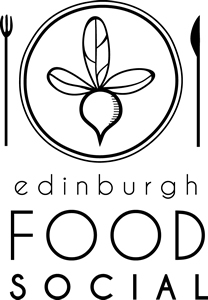The sunny weather in the morning at this time of year is perfect for picking elderflowers. As wet weather can wash away its natural fragrant and flavour, May to July is a fantastic time for harvesting elderflowers. So, on Tuesday we met up with Carr Gomm for a community foraging walk up the path leading to Craigmillar Castle.
Away from the roadside, we encountered a massive amount of frothy white blooms which grew tall and low, and other plants that are free from pesticides. Only the berries and the flowers are edible, while the other parts of the plant are toxic. We picked elderflowers from chest height and also got some nettles, carefully picked with gloves as they are irritating on bare skin.
Despite its stinging characteristic, nettles are a versatile ingredient that are also a superfood, rich in iron, vitamins A and D, and minerals. The tips of the nettles have the most flavour, and you can use it similarly to spinach or to make tea (foraging guide Karin said it’s especially good with black tea).
It is important to remember to prep and cook the forage safely! Karin from Carr Gomm explained the other different plants we foraged (thyme, pine needles, rose petals) and we removed toxic and unwanted parts such as the nettle seeds.



